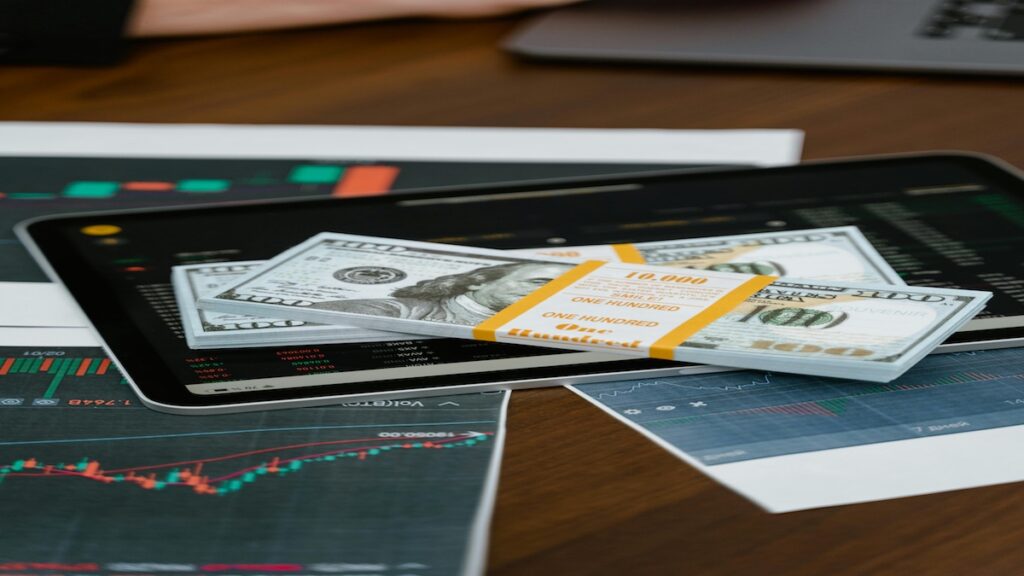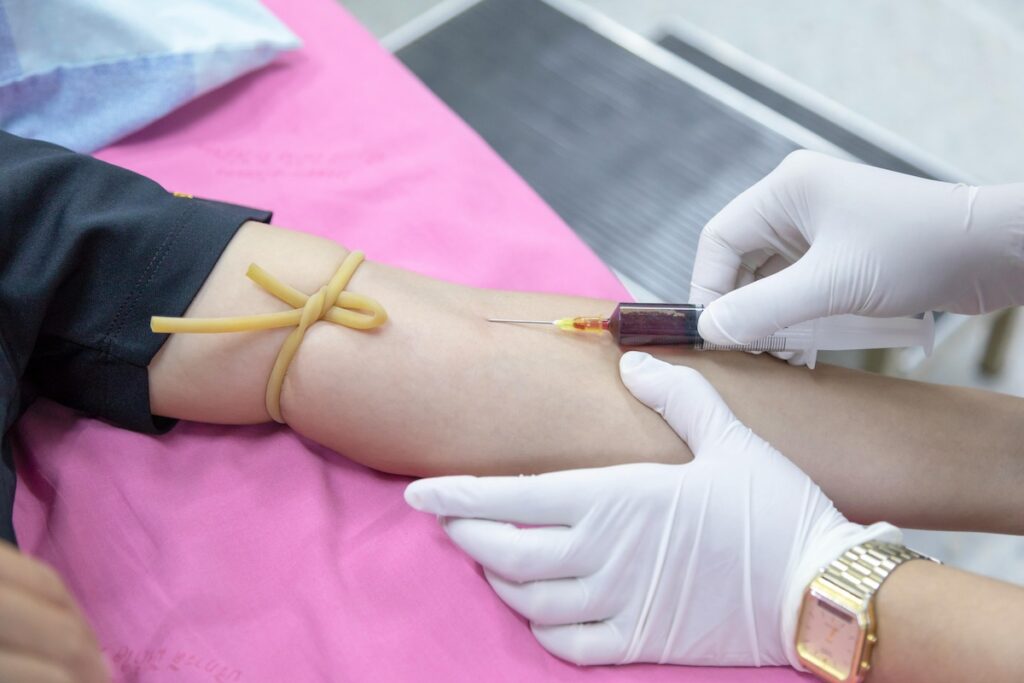If you’re living in Korea as a foreigner — whether you’re an expat, student, or long-term traveler — managing monthly utility bills is part of settling in.
The good news? It’s easier than you think once you understand the system.
In this complete guide, we’ll break down everything you need to know about paying your electricity, gas, and water bills in Korea, including:
- What each bill looks like
- When and how often they arrive
- How much you can expect to pay
- The various payment methods available
- What to do if you miss a payment
- Tips to reduce your monthly costs
Let’s make utility bills one less thing to worry about!
🧾 1. What Are the Main Utility Bills in Korea?
The three major utility bills most residents receive monthly are:
| Electricity | KEPCO (한국전력공사) | 전기요금 (Jeongi Yogeum) |
| Gas | Local city gas companies | 도시가스 (Dosi Gas) |
| Water | Local municipal governments | 상수도요금 (Sangsudo Yogeum) |
Depending on your housing situation, you may also receive bills for:
- Heating (난방비, Nanbangbi) — often combined with gas during winter
- Internet/TV — separate contracts
- Maintenance Fees (관리비) — especially in officetels or apartments
📬 2. How Do Utility Bills Arrive?
Most Korean utility bills are delivered:
- As a paper bill to your mailbox
- Via mobile text message (if your phone number is registered)
- Or through your online bank account or utility app
📌 Tip: If you live in a villa (small apartment building), your landlord may receive the bills and include them in your monthly rent. Always clarify!
💰 3. Average Monthly Utility Costs (2025)
Here’s a rough estimate of what you might pay as a single person living in a studio or one-bedroom apartment in Seoul:
| Electricity | ₩20,000 ~ ₩70,000 |
| Gas | ₩10,000 ~ ₩90,000 (seasonal) |
| Water | ₩5,000 ~ ₩20,000 |
❄️ Winter Note: Heating (gas) bills can rise sharply in January and February.
💳 4. How to Pay Your Utility Bills in Korea
There are five main ways to pay your utility bills:
1. 📱 Mobile Banking Apps (Most Popular)
If you have a Korean bank account, this is the easiest method.
Steps:
- Open your bank’s app (KakaoBank, KEB Hana, Woori, etc.)
- Tap the ‘Bill Payment (지로납부)’ section
- Enter the barcode number from your bill or scan the QR code
- Confirm and pay
✅ Instant and paperless
2. 🏪 Convenience Stores
You can take your physical bill to:
- CU
- GS25
- 7-Eleven
- Emart24
The clerk will scan the bill, and you can pay by cash or card.
✅ No bank account needed
3. 🏦 Bank ATM or Teller Service
You can pay at your bank branch with your bill.
- Insert your card into the ATM
- Choose ‘Bill Payment (지로)’
- Input the barcode or account info
- Pay using your bank account
✅ Good for large payments or when other methods fail
4. 📲 Utility Company Apps
Each utility provider has its own app (mostly in Korean):
- KEPCO for electricity
- 지역 도시가스 for gas
- Water bureau for water
Some support English menus; you can register and manage bills easily once set up.
5. 🧾 Automatic Payment (Direct Debit)
You can register for 자동이체 (automatic debit) through:
- Your utility company’s customer center
- Your Korean bank
This is the best option for long-term residents who don’t want to deal with monthly paper bills.
🆘 5. What Happens If You Miss a Payment?
If you forget to pay a bill:
- You’ll receive a reminder bill (납부독촉서)
- After 2+ weeks, a late fee (연체료) may be added (around 3%)
- Continued non-payment may lead to service cut-off (especially electricity)
If you’re having trouble understanding a late notice, ask a Korean-speaking friend or contact Dasan 120 Call Center (☎ 120) with language support.
🌐 6. Paying Bills as a Foreigner Without a Korean Bank Account
If you don’t have a Korean bank account, here are your options:
- Go to a convenience store and pay your paper bill
- Ask your landlord to pay and reimburse them
- Use a money-exchange friendly ATM or bank branch
✈️ Tip for new arrivals: Don’t throw away paper bills even if you can’t read Korean — they are necessary for paying at stores.
🌿 7. How to Save on Utility Bills in Korea
Here are smart ways to reduce your monthly costs:
- Electricity:
- Use a fan + A/C combo instead of only air conditioning
- Unplug electronics (Korea has standby power costs!)
- Use the washer in off-peak hours
- Gas:
- In winter, layer up before turning on the boiler
- Set the boiler to low-temp mode
- Turn off gas when not used
- Water:
- Install low-flow shower heads
- Limit bath time
- Fix leaks quickly (common in older villas)
🌍 8. Are There English-Friendly Utility Services?
While most utility documents are in Korean, major cities like Seoul, Incheon, Busan, and Suwon offer:
- English-speaking hotlines (ask at your local Gu-office)
- Translation assistance via 120 Dasan Call Center
- Some apartment complexes send bilingual bills (ask your landlord)
📌 9. Monthly Bill Breakdown (Example)
Here’s an example of a Seoul utility bill layout:
고객번호: 123456789 청구 금액: ₩47,500 납부 기한: 2025.07.31 전기요금: ₩22,000 도시가스: ₩15,000 수도요금: ₩10,500
You’ll also see a barcode (납부번호) which is used for payment scanning.
✉️ 10. FAQ
Q: Can I pay multiple utility bills at once?
A: Yes, if they arrive in a combined format (common in officetels or shared housing). Otherwise, pay each separately.
Q: Can foreigners apply for automatic payments?
A: Yes, but you’ll need a Korean bank account and possibly your ARC (Alien Registration Card).
Q: Are utility bills higher in Seoul than other cities?
A: Generally yes, but it also depends on apartment insulation and age.
Final Thoughts: You’ve Got This!
Paying your electricity, gas, and water bills in Korea doesn’t need to be stressful.
With multiple payment methods — from mobile apps to convenience stores — even short-term visitors can manage utilities easily.
Learning to understand your bill and using energy wisely can help you save money and avoid service interruptions.
If you’re unsure about a bill or missed a payment, help is always available from your landlord, apps, or language support hotlines.
Living in Korea gets much easier when your monthly tasks feel manageable — and now, utility bills are one of them.

